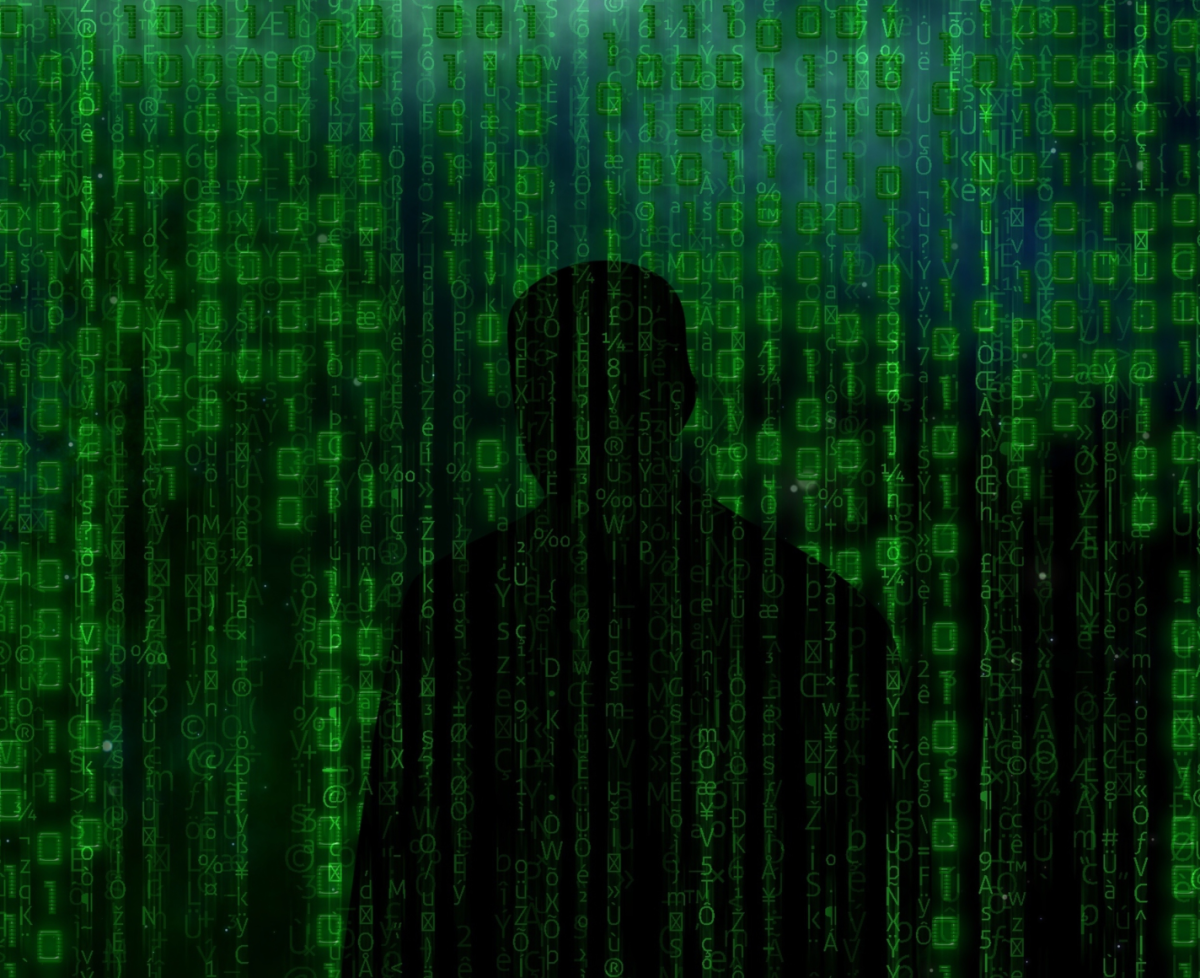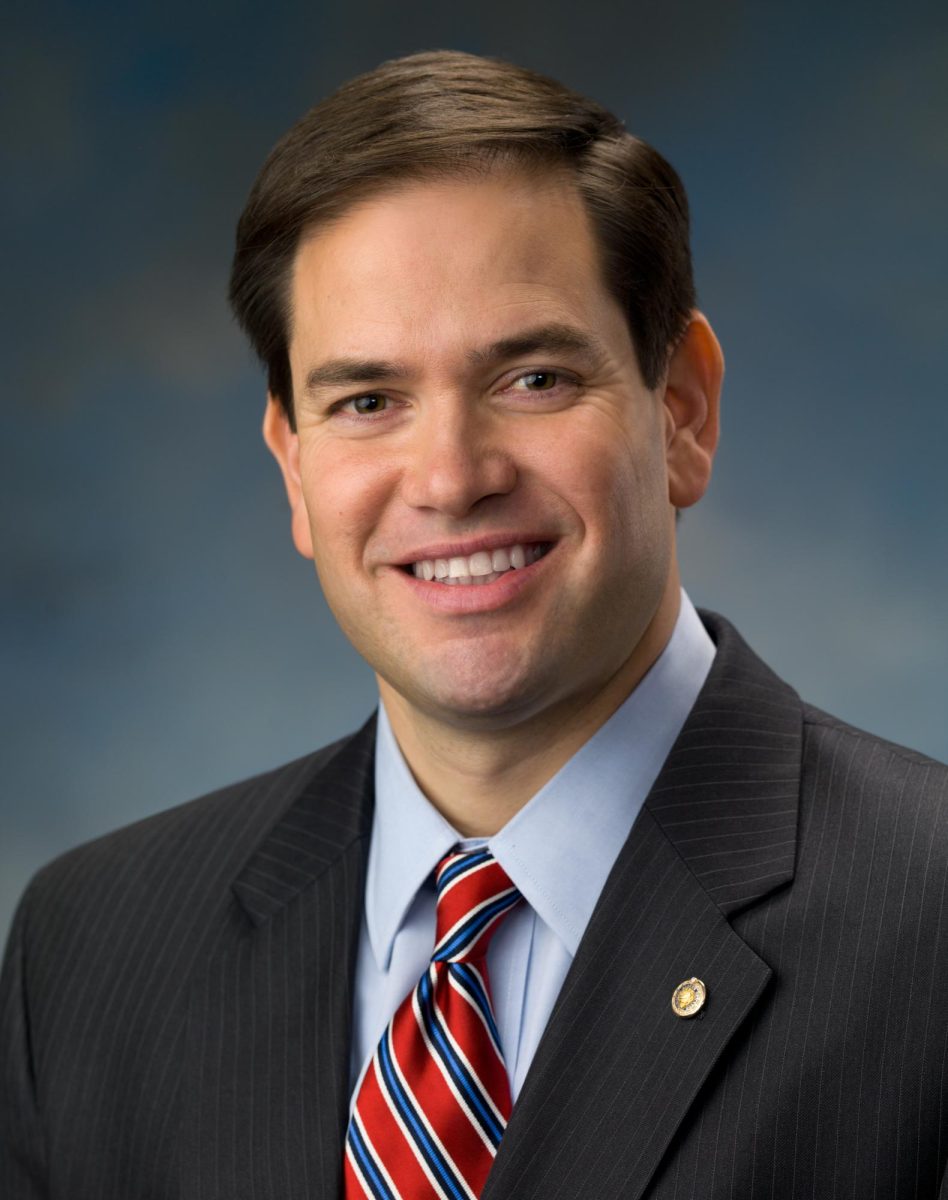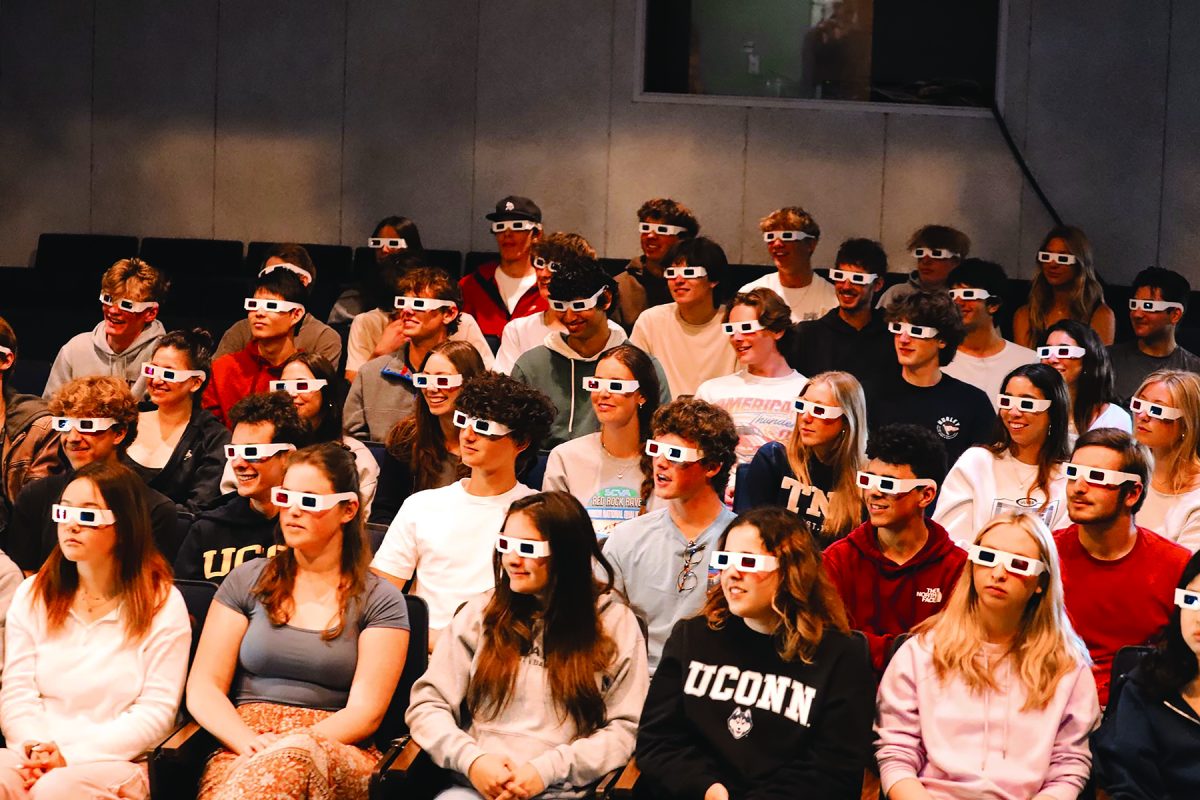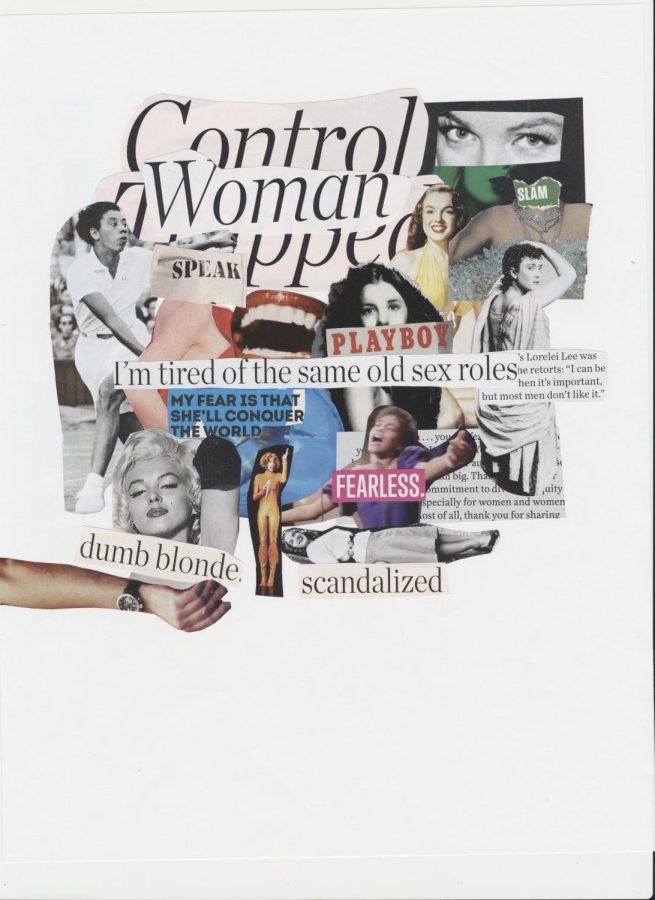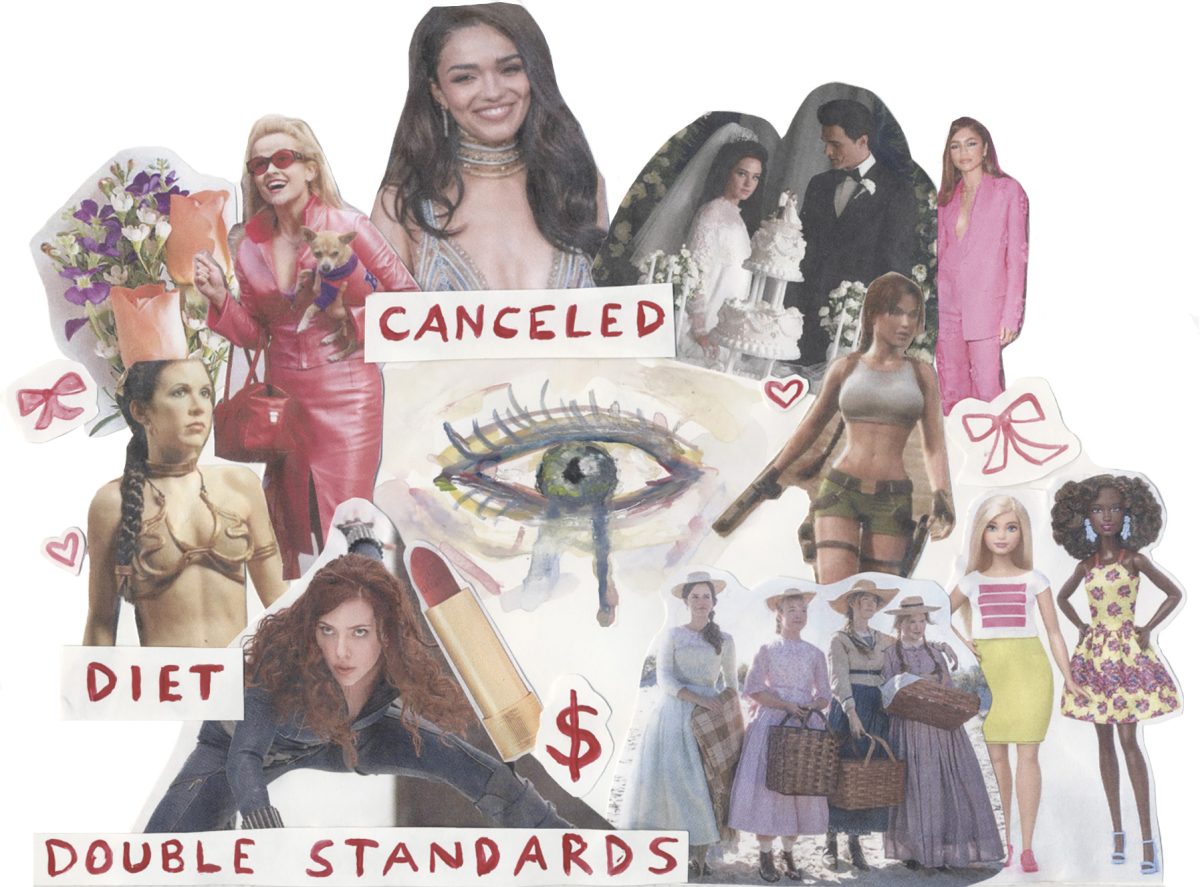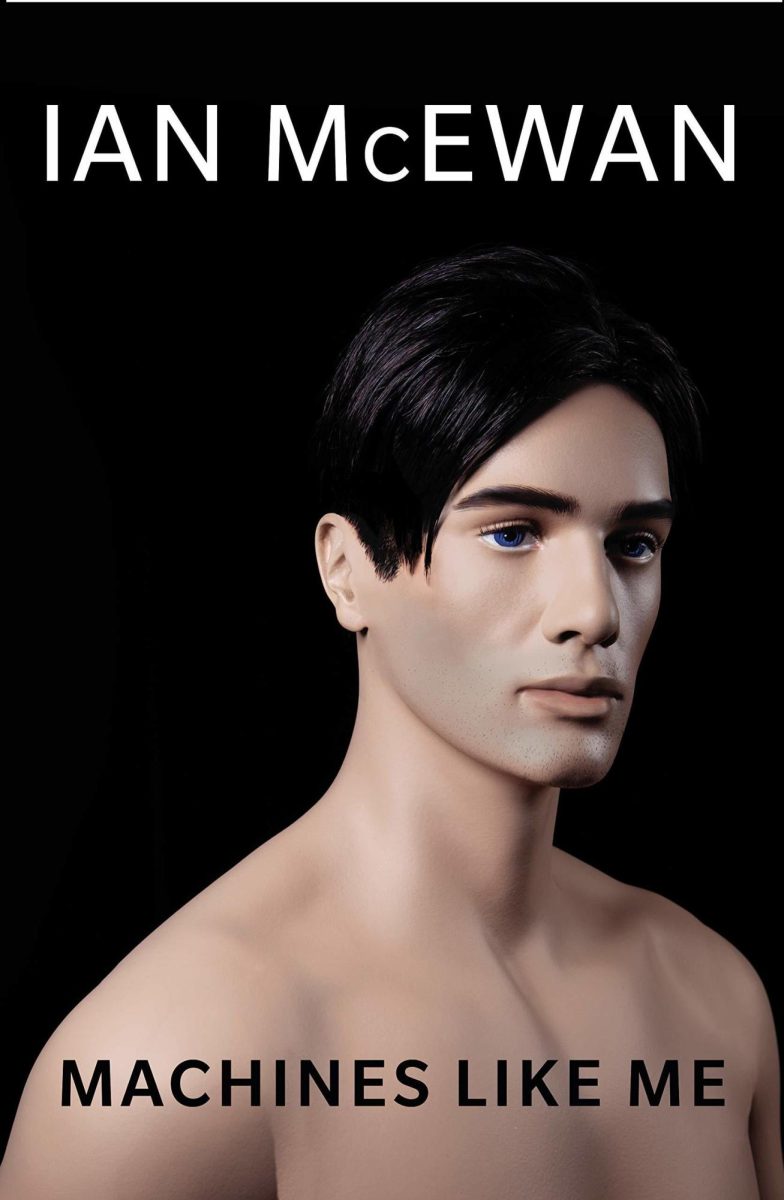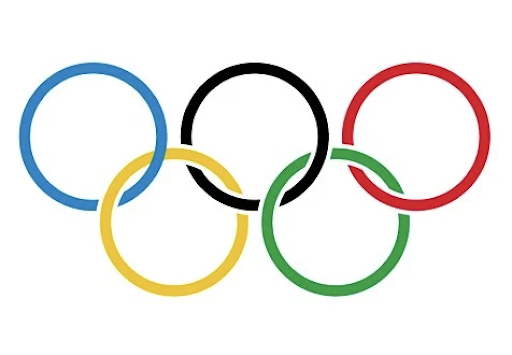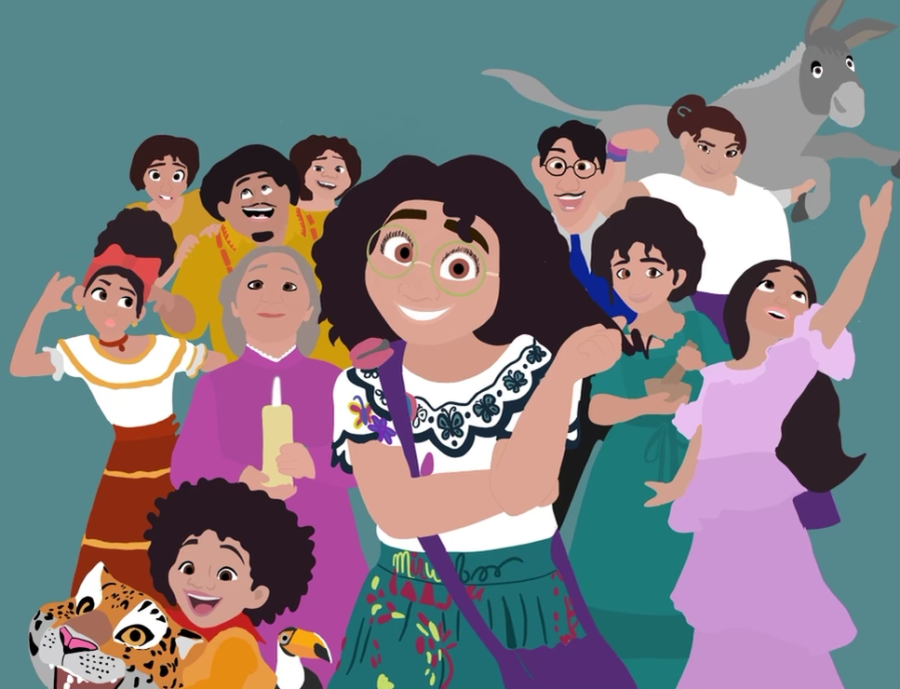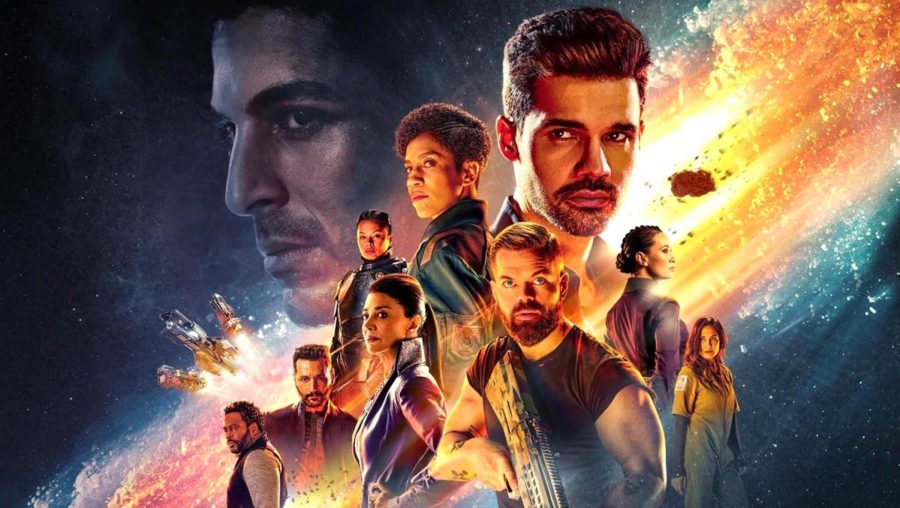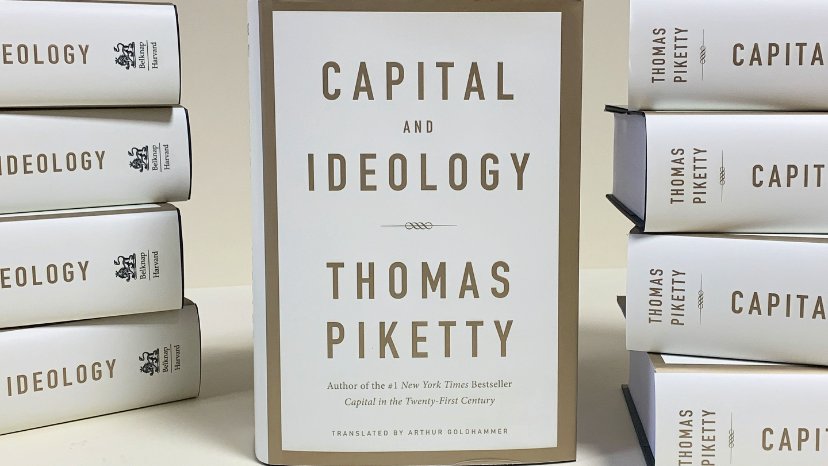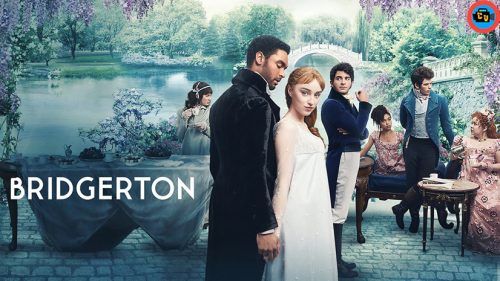The End of the Streaming Age

May 26, 2020
At first glance, it seems we’re in a “golden age” of television program streaming, with more and more content-owning networks launching services. But this paradise of quick, on-demand streaming may be slowly collapsing. To understand how we got here, we have to go back to before streaming and before cable. Decades ago, all network TV channels could be accessed over the air, until cable came along. Cable TV often included packages of channels that were only available through your cable company. However, cable was expensive; there were so many networks starting cable services that it became an expensive, confusing cash drain. Then came streaming services–on-demand services that promised to be cheaper than cable and that would allow you to watch anything, anywhere, anytime. These services took over the media entertainment market and are making cable all but obsolete.
In 2007, Netflix went online, and the market for streaming services blew up. Netflix, along with Prime Video, Hulu, and a few other minor services, became the future of entertainment. Content owners licensed everything they owned out to almost every service. You could find any show, any movie, on almost any platform. Services weren’t really making original content at the time, and as more and more content owners realized how profitable the streaming market could be, they all launched their own services: HBO Now, CBS All Access, Fandango, Apple TV +, Disney +, Sling, YoutubeTV, and countless others, with even more coming in the near future.
As more and more entertainment corporations began to cash in, the market became more and more competitive, and content owners began to pull their content from other platforms. Furthermore, streaming services, especially Netflix, began making original content. All of this means that you can no longer find everything on Netflix, or Prime Video, or Hulu. You now need to purchase multiple subscriptions to get the same content you used to be able to get with just one service, and original series mean even more subscriptions. For example, if a consumer wants to watch just three shows–The Mandalorian, The Office, and Star Trek: Picard–they need to buy three independent subscription packages. The cost of multiple subscriptions combined with the internet cost means that streaming is no longer a clear-cut cheaper alternative to cable. Worse: content owners have exclusive rights to certain shows. If a consumer wants to watch The Mandalorian, there’s only one way to watch it: Disney +. This allows the services to charge almost whatever they want–and they do. In the 2010s, Netflix’s digital service was a fixed price of $7.99 per month, but to get the same features today, it’s $15.99 per month–double the cost.
When conceived, streaming services seemed like the future of television: open, on-demand, easily available, inexpensive content. In just over a decade, streaming has become as divided as cable was, and possibly even more expensive. Nevertheless, a lot of good has come out of streaming services. There are unprecedented volumes of great content to watch, and it’s easier than ever to watch anything, anytime. Speaking of great content, I’m going to watch The Office now on Netflix. No, they’re pulling it from Netflix. I’ll watch it on Hulu. Not on there? Fine, Disney +. It’s not on there either? HBO? No? Really? CBS? No?





